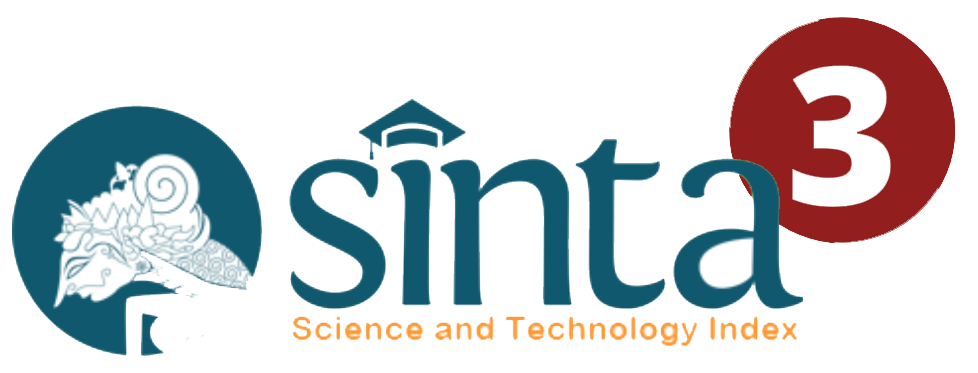Implementation of A Javanese Language Bilingual Program in Primary School
DOI:
https://doi.org/10.22460/pej.v7i2.4242Abstract
Abstract This study aims to analyze the implementation of the Javanese bilingual program and the difficulties in implementing the Javanese bilingual program in elementary schools. This study used descriptive qualitative method. The research participants were 18 fifth grade students, 2 teachers and the school principal. Data collection techniques used interview, observation, and documentation methods. Then the data is analyzed using the Miles and Huberman models continuously to obtain saturated data and can drawing a conclusion. Meanwhile, data validity testing used technical triangulation and source triangulation. The results showed that the implementation of the Javanese bilingual program in elementary schools was applied to the habit of communicating with teacher by using Krama and students could communicate in Ngoko with their peers. Javanese language used both inside and outside the classroom. This bilingual program rise to a positive impact to building students' Javanese language skills whose is better than the students without the Javanese bilingual program. Then, another side effect is increasing the enthusiasm of the community and parents of students to register their children studying in elementary schools with the Javanese bilingual program. Difficulties in implementing the Javanese bilingual program are the existence of a pandemic, limited time to meet students, student understanding, and teacher creativity to increase student motivation in applying Javanese as a daily communication tool. Keywords: Bilingual, Javanese, Primary SchoolDownloads
Published
2023-09-25
Issue
Section
Articles
License

This work is licensed under a Creative Commons Attribution-ShareAlike 4.0 International License.
The author is responsible for acquiring the permission(s) to reproduce any copyrighted figures, tables, data, or text that are being used in the submitted paper. Authors should note that text quotations of more than 250 words from a published or copyrighted work will require grant of permission from the original publisher to reprint. The written permission letter(s) must be submitted together with the manuscript.









